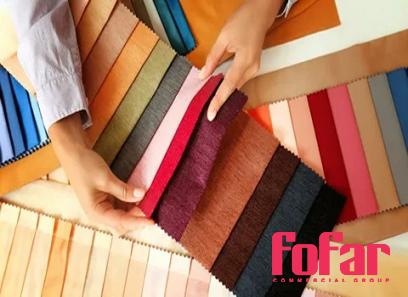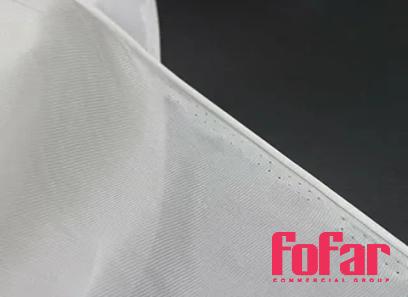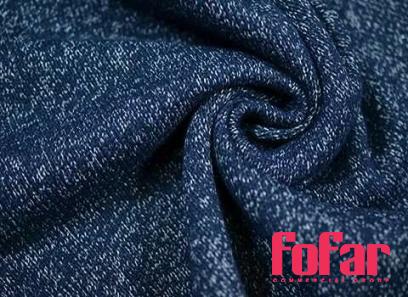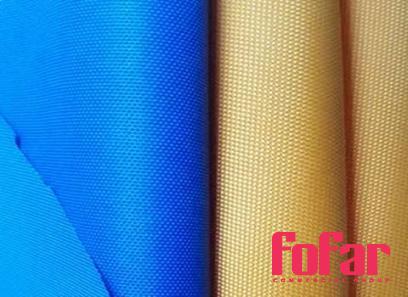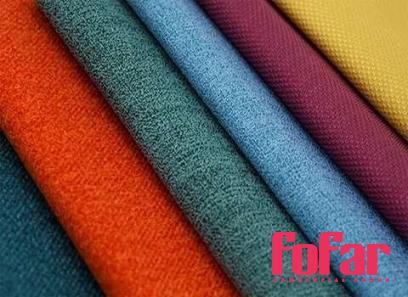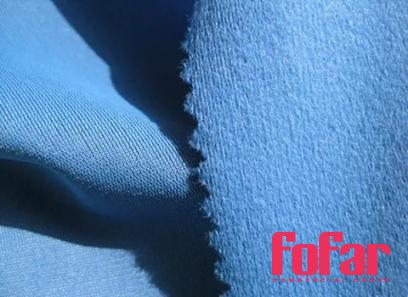Hemp fabric price per meter
Checking the price of fabric per meter, such as hemp fabric, is an essential thing to do before buying your desired fabric, and more importantly knowing about the fabric you want to buy
So we are going to give you some useful information about hemp fabric so you can purchase it having peace of mind
Hemp fabric is kind of expensive because of its limited availability, the requirement of certain certifications of good quality hemp, and because making hemp textiles is more expensive than other fabrics, furthermore demand for hemp fabric is very low
So generally the price of each meter of hemp fabric starts from approximately 11 dollars and the price increases as the quality increases
In most fabric stores selling fabric wholesale or retail is done according to the needs and consumption of customers, and wholesale is always cheaper than retail, that’s why it is welcomed by more people
Today It is possible to buy different types of fabrics with high-quality online, because of this reason nowadays people try to do their shopping online to save time and money
Many people make their daily purchases online and are usually satisfied with the quality of the products
These days, with the growth of technology, the form of business and interactions with customers has changed a lot
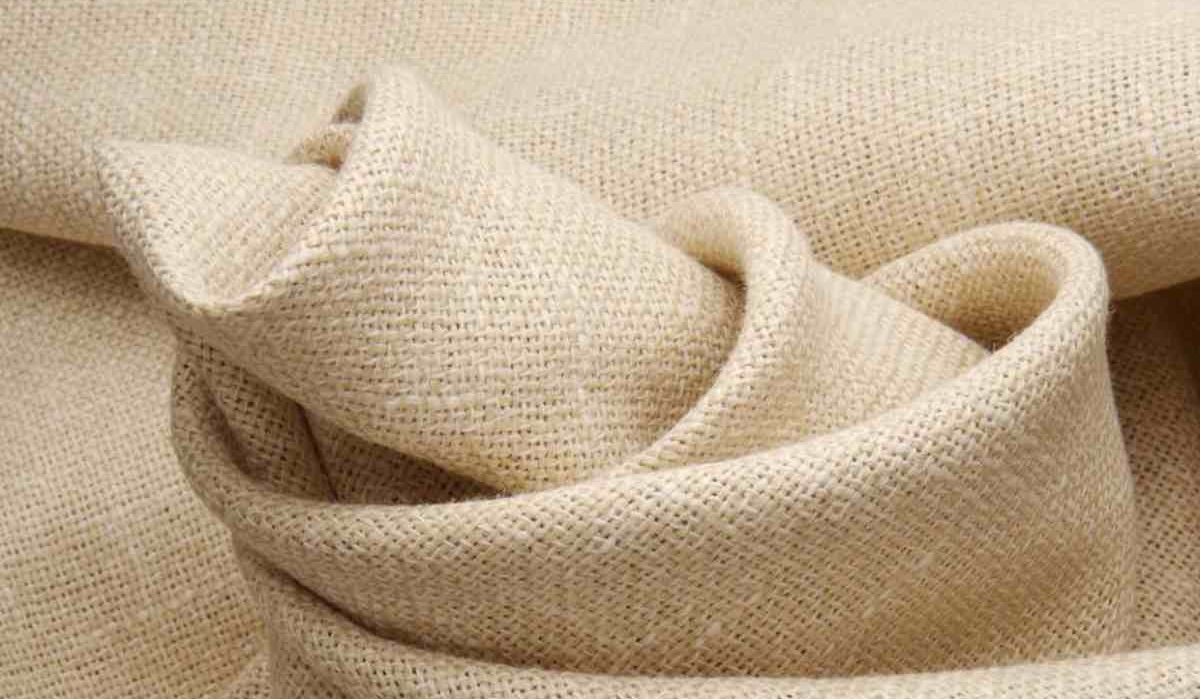
In this way, the purchasing power of the customer has increased and they can quickly compare the price and quality of the products
The customer can also make purchases from remote centers
Most of the consumers are completely satisfied with this method and do most of the transactions in this area
What exactly is hemp fabric? Numerous environmentally friendly alternatives have emerged as a result of the fashion industry’s increasing interest in sustainable materials
Designers are giving environmental awareness top priority, using materials like organic cotton, bamboo, and hemp
Hemp fabric joins the group and is gaining popularity in the clothing industry
Hemp is also well-liked for a variety of properties
These include its practicality, adaptability, and toughness
One of the earliest textile fibers is hemp
The stems of the marijuana plant are what are used to make hemp fabric or textile
The same plant, cannabis Sativa is used to make cannabis and its derivatives
But this plant is bred by farmers for a variety of reasons

Breeding tetrahydrocannabinol (THC), the chemical that causes a high, is undoubtedly the most well-known category
The main psychoactive substance in cannabis and the main component of recreational marijuana is this
On the other hand, the cannabis Sativa breed used to make eco-friendly clothing has a minimal THC content
The producers of such plants purposefully lower the quantities of the psychoactive THC that are released from their plants
The breeding of this breed results in the creation of stronger textile and apparel fibers
It is common to refer to the resulting cloth as industrial hemp
Versatile for textile and other things A renewable resource, hemp fiber has a variety of advantages that make it a useful material
This fiber is used for a variety of things, including paper, canvas, garments, and ropes
Hemp fabric is now being used to produce clothing by more and more eco-friendly companies
This material is regarded as one of the most environmentally friendly ones for garments
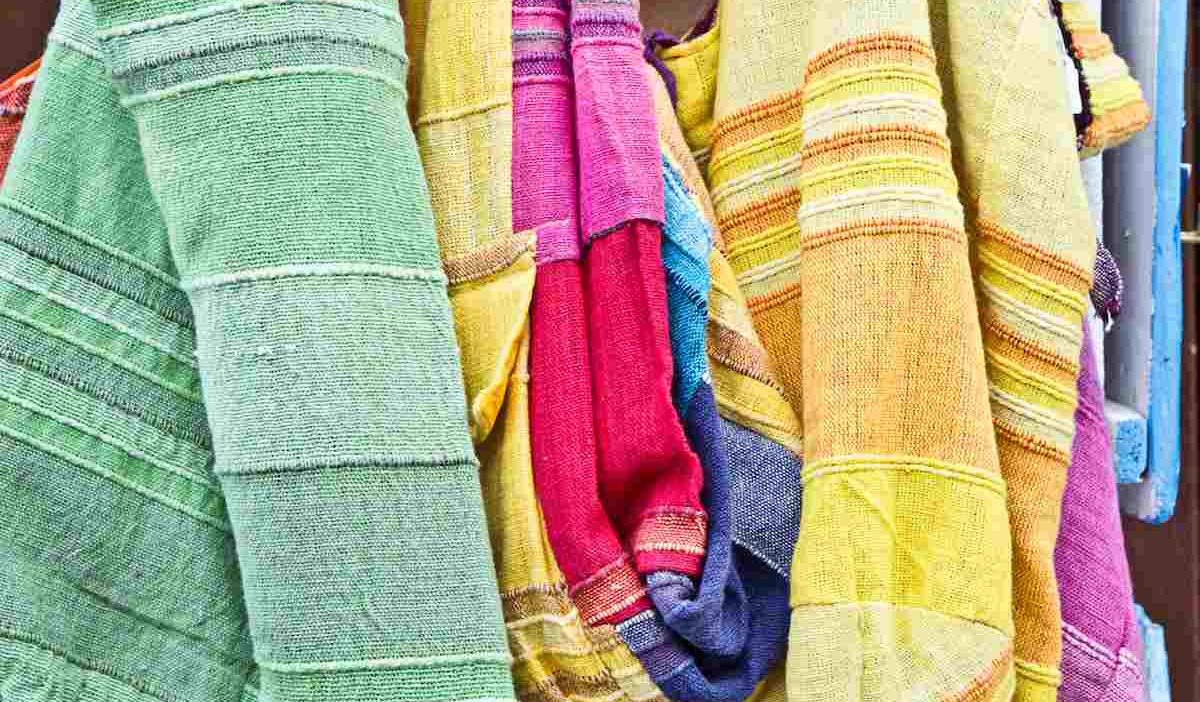
The hemp crop needs very little water to flourish, even when it is being farmed and grown
Additionally, the production of organic hemp fabric restores soil nutrients, contributing to the improvement of soil quality
Harvesting and growing hemp fiber Humans have been cultivating hemp for hundreds of years
When hemp is grown for seeds as opposed to fiber, a distinct strategy is followed
With about 300,000 plants per acre, the growers plant the seeds closely together for fiber production
This only equates to roughly 150,000 plants per acre for seeds
In the early to the mid-flowering stage, farmers harvest the plant
Most of the plants they produce for hemp cloth are harvested using a specialized machine
In comparison to female hemp plants, many traditional farmers in the United Kingdom think that male hemp plants yield finer and silkier fiber
A study that supports this finding found that the female fiber is a little bit stronger and the male fiber is finer
Retting The plant stem is chopped by the farmers, who then leave it on the ground for a while
This is done in order to facilitate retting
This mechanism of decay involves the breakdown of the pectin that holds the hemp fiber together
As an alternative, retting also takes place in water tanks to hasten the process of decomposition
Producers may utilize enzymes and chemicals to accelerate the process

Decortication Decortication might take place while the stems are still damp from retting or after drying
To decorate hemp fiber, the outer layer of the stem’s woody core must be removed
You take the damp fibers from the center of the stems while they are still wet
You then dry them
The stems, on the other hand, can be dried and put through specialized equipment
This separates the fibers from the woody core
Taking care of the hemp fibers Farmers separate the fibers from the woody center and then shape them into bales
The fibers are then removed from the field and taken to be turned into yarn
Today, manufacturers use chemical or mechanical techniques to soften the fibers and increase flexibility
As an alternative, some companies just keep turning the fiber without any additional processing
Lignin removal from the fiber To assure the creation of soft hemp textiles, lignin must be removed from hemp fiber
An organic polymer called lignin makes up a large portion of wood and gives plants their woody appearance
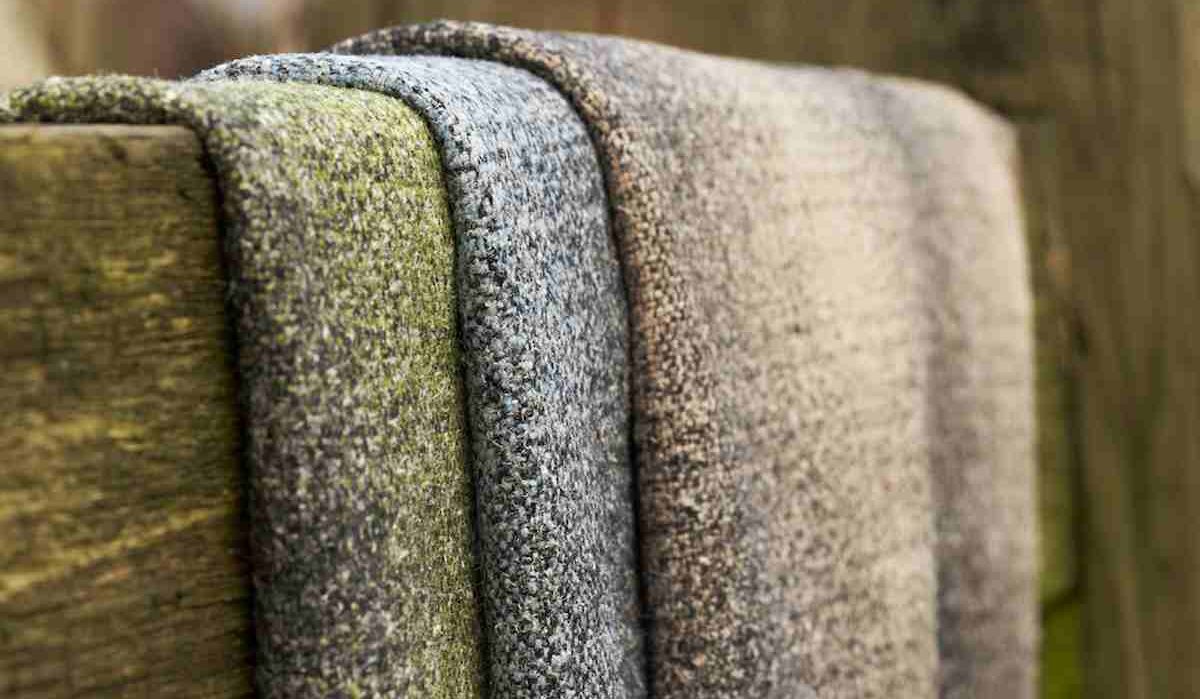
A plant cell wall gains toughness and compressive strength from this element
The traditional hemp fiber’s scratchy and coarse feel is also a result of lignin
As a result, the fabric made of hemp feels sturdy and durable
Producers eliminate the lignin to give hemp cloth a gentler and smoother texture
Skin-friendly hemp apparel is made from the resulting hemp fabrics
Spinning to create yarn To create the long threads that are woven into textiles, machines twist and spin the fibers together
By blending the hemp at this point, additional fibers can be added and combined with it to create hemp clothing
This was formerly accomplished by manufacturers using a hand-spinning technique
The distaff and drip spindle were the two tools they utilized
Present day The hemp crop may now be used to make a variety of items thanks to technological advancements
People are becoming increasingly aware of the different possibilities for hemp, and we are finding hemp in an increasing variety of products, such as hemp seeds and hemp oil
Clothing made from hemp fabric is utilized in the textile industry
Because of its strength and sustainability, it supports hemp clothes
It is ideal for many apparels uses because it is a naturally robust and lightweight fabric
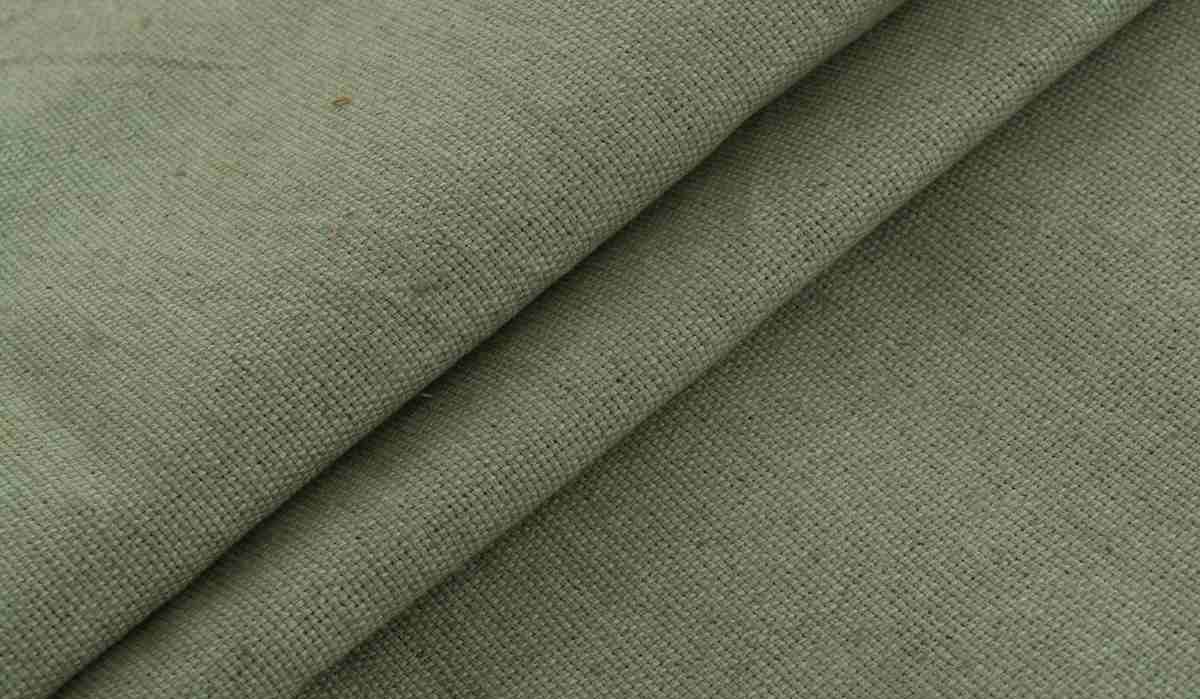
How eco-friendly Is hemp fabric? The fact that hemp is a carbon-negative raw material—the crop takes up more carbon from the air than it releases—is one of the factors that makes it a sustainable alternative for apparel
In addition, hemp may be grown on less land than cotton
Hemp is a tall crop that uses less area to generate more
Additionally, it uses less water
According to a study, cotton needs 9,758 kg of water per kg
But each kg2 of hemp needs 2,401 to 3,401 kg of water
Lower pesticide use Hemp’s ability to grow without the use of pesticides, herbicides, or insecticides is one of its main advantages
These substances are hazardous to the environment, especially the nearby people and animals
This sets it apart from cotton, whose production calls for a sizable amount of these pesticides
Favorable for the Soil Additionally, hemp has extensive roots
This enables continuous soil improvement
Additionally, the entire harvest is useful
The leaves and hurds can be plowed into the ground to act as fertilizer, while the stalk is utilized for fiber
Future hemp fabric crops benefit from the restoration of soil fertility
It follows that hemp nourishes the soil on which it grows
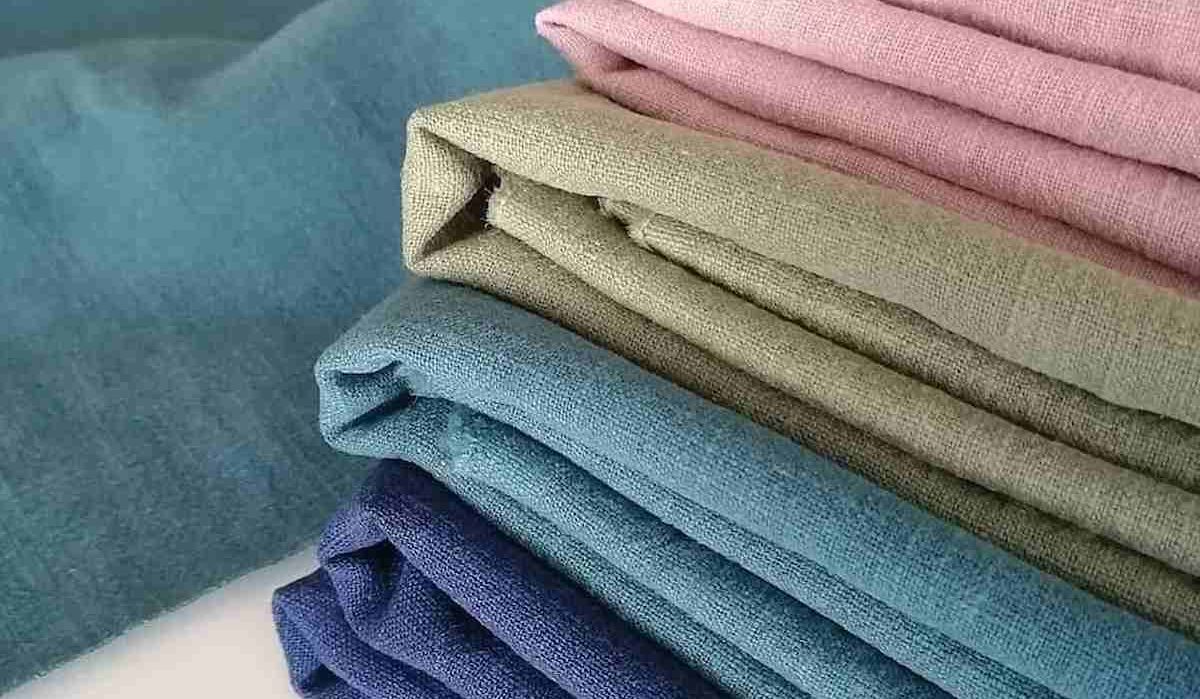
Lower Waste Hemp’s eco-friendliness is also more apparent throughout production
The plant doesn’t create any industrial waste byproducts because the entire structure is beneficial
Manufacturers turn the woody sections of the stalks into items like animal bedding and textile fibers
Blended hemp fabrics However, producers can blend hemp with synthetics because it occasionally has a harsh texture
Therefore, compared to pure hemp material, hemp fabric mixes may have a lower biodegradability
Always examine the label while looking for genuine organic materials created from just natural fibers
Pros and cons of hemp fabrics pros The advantages and benefits of hemp fabric are frequently recognized
One of the world’s most environmentally friendly materials has the following advantages:
Durable: Hemp is renowned for its durability when it comes to fabric strength
Hemp cloth has a very long lifespan without losing quality
Each time hemp materials are washed, they get softer without losing their durability
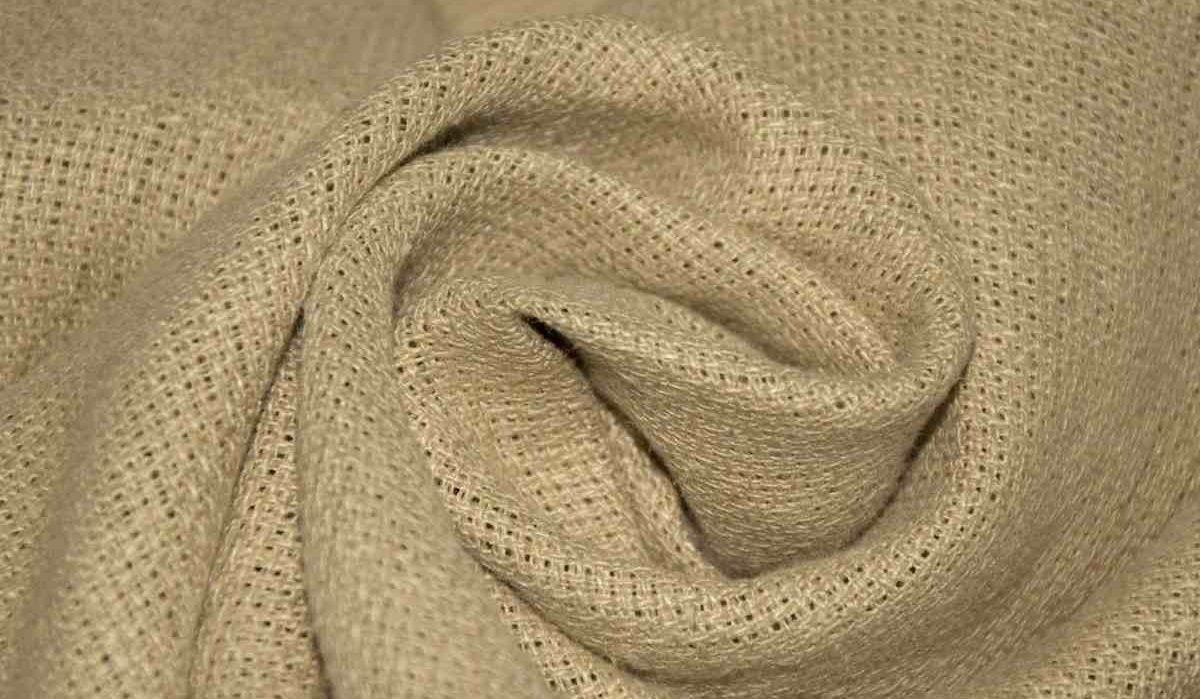
Breathable: Because hemp fabric is mildew-resistant and has excellent breathability, it is ideal for summer clothing or in humid conditions
Biodegradable: Natural hemp fiber is entirely biodegradable, unlike certain textiles that degrade the environment
This implies that when you discard something, like your natural hemp t-shirt, it won’t contribute to pollution
Blocks UV Rays: This fabric has natural characteristics that prevent UV Rays, which are a common cause of cancer
The findings of the fabric tests showed that hemp cloth had a 50% greater UV-blocking performance than polyester1
Hemp cloth is therefore ideal for the summer
Hypoallergenic: In this example, the fabric, hemp, is good for delicate skin due to its hypoallergenic properties
Disadvantages The following are some drawbacks to using hemp fabric:
Having a texture: Hemp is not as smooth as cotton, and many hemp products feel rougher against the skin
However, it gets softer after each wash
For a softer texture, some producers also combine it with different kinds of fabric
Readily wrinkles: Hemp is prone to wrinkle easily
Because of this, washing and drying this cloth call for special caution
Cost: One main drawback of these materials is their high cost
The fact that hemp cloth is less popular than other materials like cotton is one of the causes of this

Linen versus Hemp When worn, both hemp and linen fabrics are breathable and lightweight
However, hemp cloth is more resilient than linen because of the longer filaments
This is due to the shorter flax fibers in linen fabric
Farmers can grow hemp on less land than other crops
Additionally, it produces more than linen does
Bamboo versus hemp Hemp fabric production and procurement practices are more environmentally friendly than bamboo fabric production
Compared to hemp, the bamboo cloth is silkier and softer
Cotton versus hemp Hemp is much more sustainable than other fibers when it comes to sustainability
Hemp is grown without artificial pesticides or fertilizers, using less water
Contrarily, more of these nutrients are needed for the growth of cotton
In contrast to hemp cloth, cotton is gentler on the skin
Hemp is more resilient than cotton in terms of durability
The value of hemp cloth in the fashion and textile industries cannot be understated
We believe that our extensive selection of fabrics will help you start a successful textile business and simplify your textile procurement
You’ve found the ideal place if you’re seeking a hemp fabric factory and want to import fabric
To suit your preferences or your extensive purchasing needs, we offer a huge variety of textile options, including hemp fabric, polyester fabric, rayon fabric, microfiber fabric, viscose fabric, twill fabric, etc
View the vast selections of premium fabric that our accredited fabric manufacturers & suppliers have to offer
To keep on top of your business, research popular textile items
Opportunities in competitive rates can assist you to become one of the greatest vendors in your country

